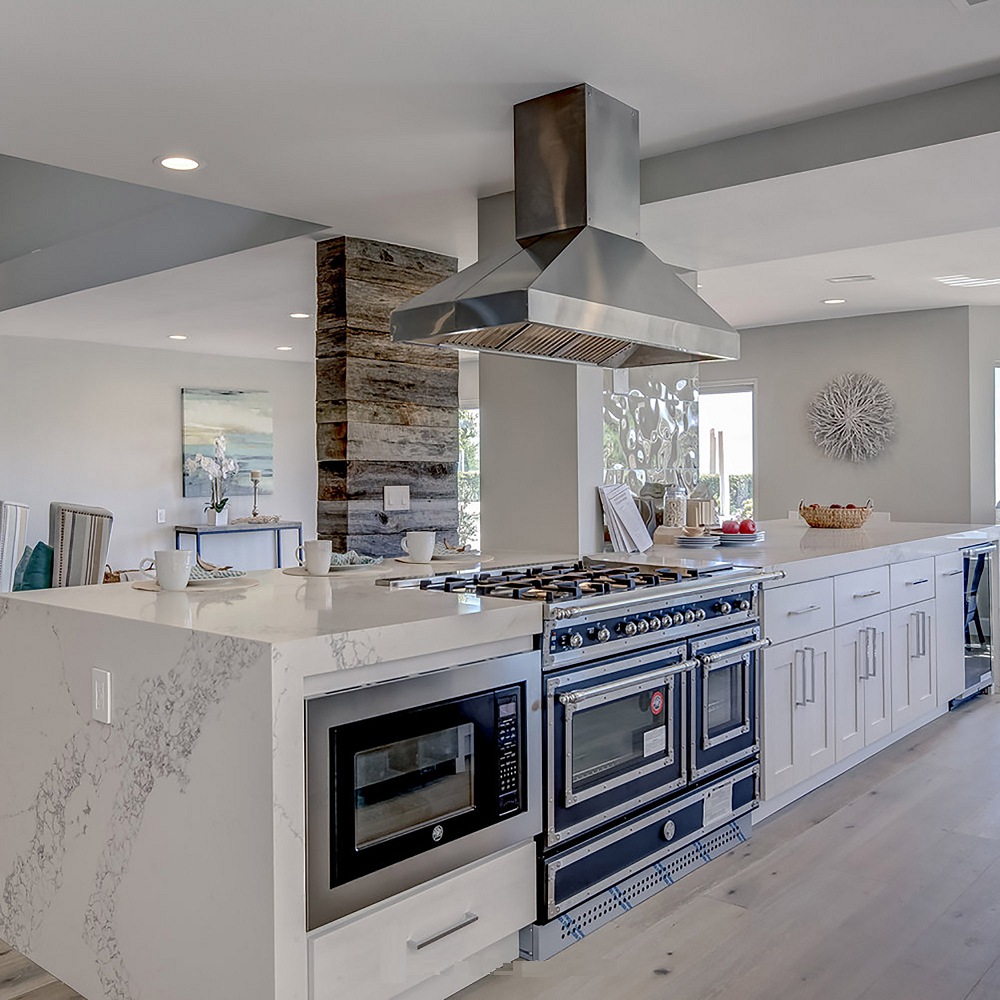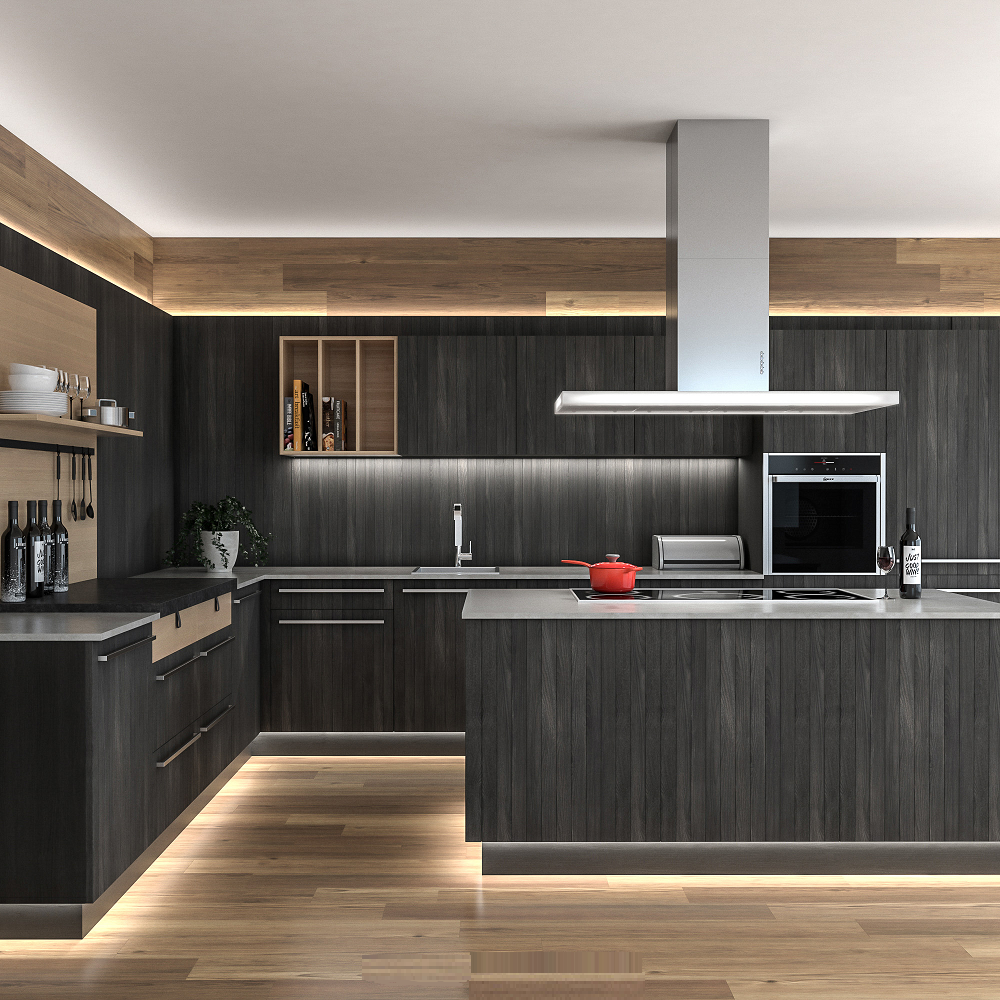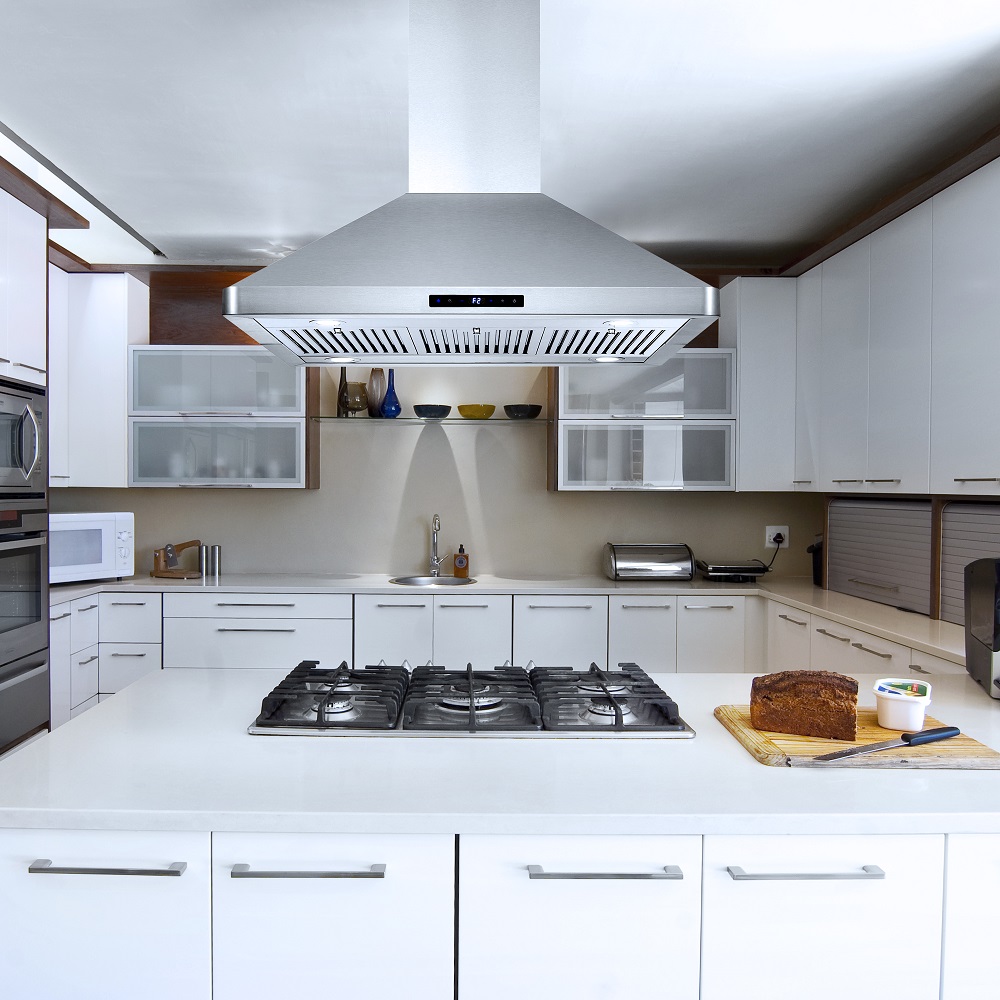In 2024, the modern kitchen has evolved from a mere place for cooking to a multifunctional space for socializing, working, and entertainment. A kitchen island with a stove top has become an increasingly popular addition in contemporary homes, blending functionality with aesthetic appeal. This article delves into the practical advantages of incorporating a stove top in kitchen island, offering insights on design considerations, benefits, installation tips, and maintenance. A kitchen island with a stove top can transform your culinary space, enhancing both its usability and charm.
Design Considerations
Space and Layout
Before incorporating a stove top into your kitchen island, it’s crucial to consider the space and layout of your kitchen. Adequate space is essential to ensure that the island doesn’t overcrowd the area, making it difficult to move around. Measure the kitchen dimensions and plan the island’s size accordingly. Ideally, there should be at least 42 to 48 inches of clearance around the island for comfortable movement and workspace.
The layout significantly impacts functionality. An open-concept kitchen benefits greatly from a strategically placed island. It acts as a central hub, connecting the cooking area with the dining and living spaces. Ensure the island’s placement doesn’t disrupt the natural workflow, commonly referred to as the kitchen triangle, which includes the stove, refrigerator, and sink.
Ventilation
Proper ventilation is a critical factor when adding a stove top to your kitchen island. Unlike wall-mounted stoves that can use overhead range hoods, island stoves typically require downdraft ventilation or ceiling-mounted range hoods. Downdraft systems are integrated into the stove and suck fumes horizontally, which can be beneficial for maintaining a seamless look. Ceiling-mounted hoods, though more traditional, can also be designed to blend aesthetically with modern kitchen designs. Both options need careful consideration and professional installation to ensure effective ventilation and safety.
Material and Durability
The choice of materials for your kitchen island is another important consideration. Opt for materials that are durable, heat-resistant, and easy to clean. Granite, quartz, and stainless steel are popular choices for countertops because they can withstand high temperatures and are scratch-resistant. The cabinetry should also be made from high-quality materials to support the weight of the stove and withstand the heat. Durable and aesthetically pleasing materials contribute to a long-lasting and visually appealing kitchen island.
Benefits of a Kitchen Island with Stove Top
Enhanced Functionality
One of the primary benefits of integrating a stove top into your kitchen island is enhanced functionality. The island serves multiple purposes, from a cooking station to a prep area and even a casual dining spot. Having the stove top on the island allows you to engage with family or guests while cooking, making the kitchen more interactive and social. It also provides additional countertop space around the stove, offering ample room for meal preparation and cooking activities.
Improved Workflow
A well-designed kitchen island with a stove top can significantly improve the kitchen workflow. It centralizes the cooking process, making it easier to move between the prep area, stove, and sink. This efficient workflow reduces cooking time and effort, making meal preparation more enjoyable. The additional countertop space around the stove top also allows for more organized cooking, with space for utensils, ingredients, and cookware within easy reach.
Social Interaction
A stove top on your kitchen island fosters social interaction. It allows the cook to face guests or family members, creating an open and welcoming atmosphere. Whether it’s helping kids with homework, chatting with friends, or enjoying a casual meal, the kitchen island becomes the heart of the home. This social aspect enhances the overall cooking experience and makes the kitchen a more inclusive and engaging space.
Installation Tips
Professional Assistance
Installing a stove top on your kitchen island is a complex task that requires professional assistance. Electrical or gas connections need to be safe and comply with local building codes. A professional installer ensures that all connections are properly made, reducing the risk of accidents. They will also help with the proper installation of the ventilation system, ensuring efficient removal of fumes and heat.
Safety Measures
Safety is paramount when installing a stove top on your kitchen island. Ensure that the island’s countertop material is heat-resistant. Install child-safe knobs and controls to prevent accidental burns or ignition. Adequate lighting is also essential to ensure that the cooking area is well-lit. Consider installing a fire suppression system or keeping a fire extinguisher nearby for added safety. These measures help create a safe cooking environment.
Ventilation Installation
Proper ventilation installation is crucial for the efficiency and safety of your kitchen island stove top. Without proper ventilation, cooking fumes and smoke can accumulate, affecting air quality and leaving residues on surfaces. Depending on your choice between downdraft and ceiling-mounted ventilation, ensure that the ductwork is correctly installed. Professional installers will ensure that the system is properly connected and functions efficiently, maintaining a clean and healthy kitchen environment.
Maintenance and Care
Regular Cleaning
Regular cleaning is essential to maintain the appearance and functionality of your kitchen island stove top. Wipe down the stove and surrounding areas after each use to prevent the buildup of grease and food particles. Use appropriate cleaning agents suitable for the countertop and stove materials. Regular cleaning not only maintains hygiene but also prolongs the lifespan of your stove and countertop.
Checking Ventilation
The ventilation system should be checked periodically to ensure it’s functioning correctly. Clean the filters regularly to prevent clogging and ensure efficient removal of fumes and smoke. Depending on usage, the filters should be cleaned every few months. Professional servicing of the ventilation system once a year can help address any deeper issues and maintain optimal performance.
Inspecting Connections
Regularly inspect the electrical or gas connections for any signs of wear or damage. Loose or damaged connections can pose safety risks. If you notice any issues, contact a professional immediately to address the problem. Routine inspections help prevent potential hazards and ensure that your kitchen island stove top operates safely.
Design Inspiration
Modern Minimalism
For a modern minimalist kitchen, opt for a sleek, flat, induction stove top mounted on a monochrome island. Pair it with built-in storage solutions and handle-less cabinetry for a clean and streamlined look. Incorporate subtle lighting under the island countertop to add a contemporary touch. This design aesthetic enhances the island’s visual appeal while maintaining its functionality.
Rustic Charm
A rustic-themed kitchen can benefit from a stove top island made of reclaimed wood and a stone countertop. Pair it with wrought iron bar stools and vintage lighting fixtures to complete the look. The combination of natural materials and textures creates a warm and inviting atmosphere. The rustic charm blends functionality with an aesthetically pleasing design, creating a cozy kitchen space.
Industrial Style
For an industrial-style kitchen, choose a stainless steel stove top and pair it with an island featuring metal accents and exposed brick walls. Concrete or stainless steel countertops enhance the industrial vibe. Incorporate open shelving and industrial-style lighting fixtures to complete the look. This style offers a rugged and practical design, perfect for modern urban homes.
Cost Considerations and Budgeting
Initial Costs
The initial cost of installing a kitchen island with a stove top can be significant. It involves the cost of the stove top, countertop materials, cabinetry, and professional installation. Ventilation systems, whether downdraft or ceiling-mounted, also add to the cost. It’s essential to budget for these initial expenses to ensure you can afford a high-quality setup.
Long-Term Savings
While the initial costs can be high, a well-designed kitchen island with a stove top can offer long-term savings. Efficient workflow and additional countertop space can reduce meal preparation time and effort. Energy-efficient stove tops and proper ventilation systems can also lower utility bills over time. Investing in durable materials ensures the longevity of your kitchen island, providing value for money.
Financing Options
If the costs are prohibitive, consider financing options. Many home improvement stores and contractors offer financing plans that allow you to spread the cost over time. Look for zero-interest plans or low-interest financing options to make the investment more manageable. Financing options can help you achieve your dream kitchen without compromising on quality.
Final Thoughts and Recommendations
Overall Advantages
Integrating a stove top into your kitchen island offers numerous advantages, from enhanced functionality and improved workflow to fostering social interaction. It transforms the kitchen into a central hub for cooking, socializing, and more, making it a versatile and valuable addition to any home.
Practicality and Aesthetics
A kitchen island with a stove top combines practicality with aesthetics. It provides a stylish focal point in your kitchen while offering additional workspace and storage solutions. The combination of design considerations, proper installation, and regular maintenance ensures that your kitchen island remains both functional and attractive.
Making the Decision
Consider your specific needs, kitchen layout, and budget before making the decision. Consult with professionals to ensure that your kitchen can accommodate a stove top island and that installation meets all safety standards. With careful planning and execution, a kitchen island with a stove top can be a practical and stylish upgrade to your home, enhancing both its functionality and appeal.





